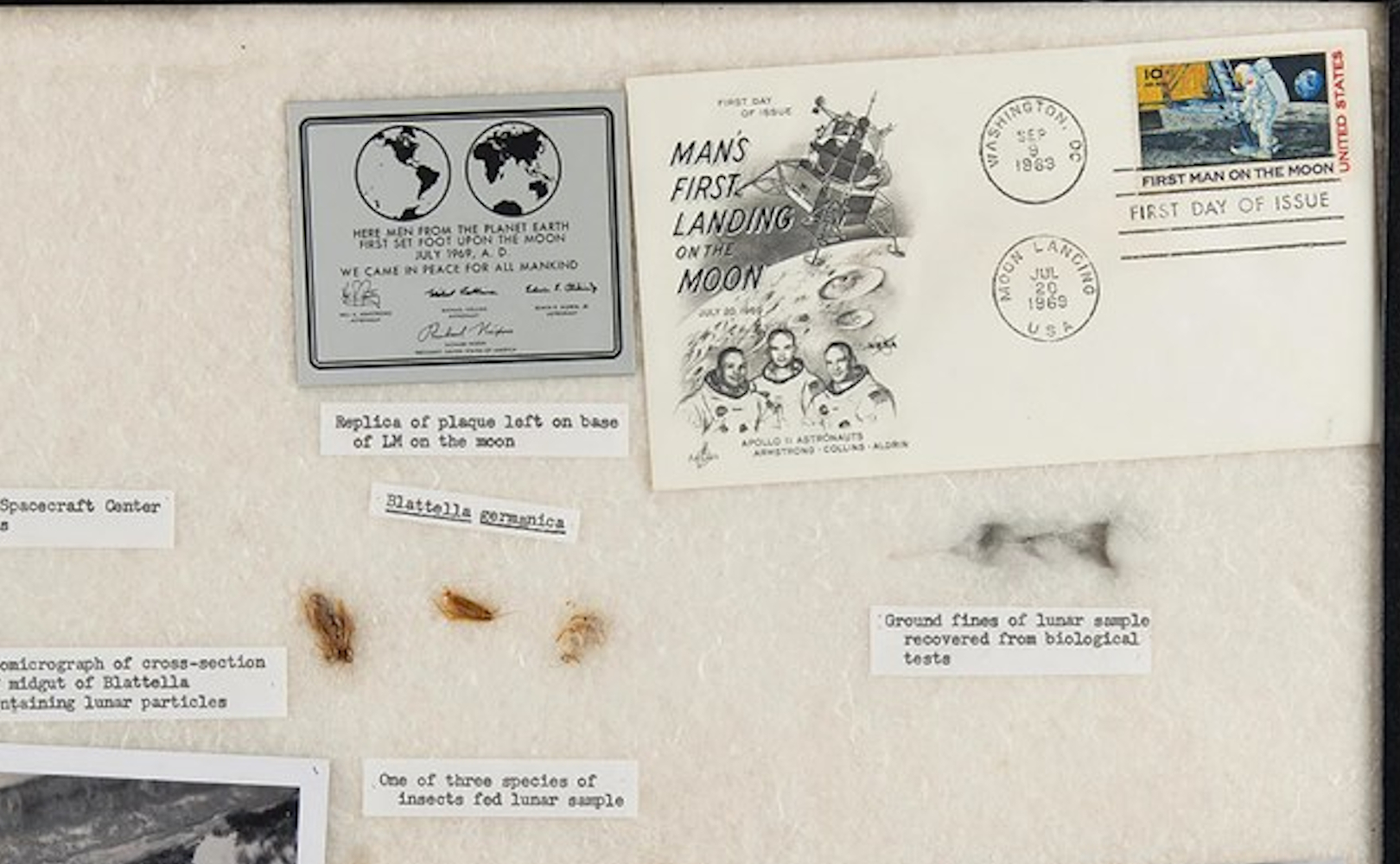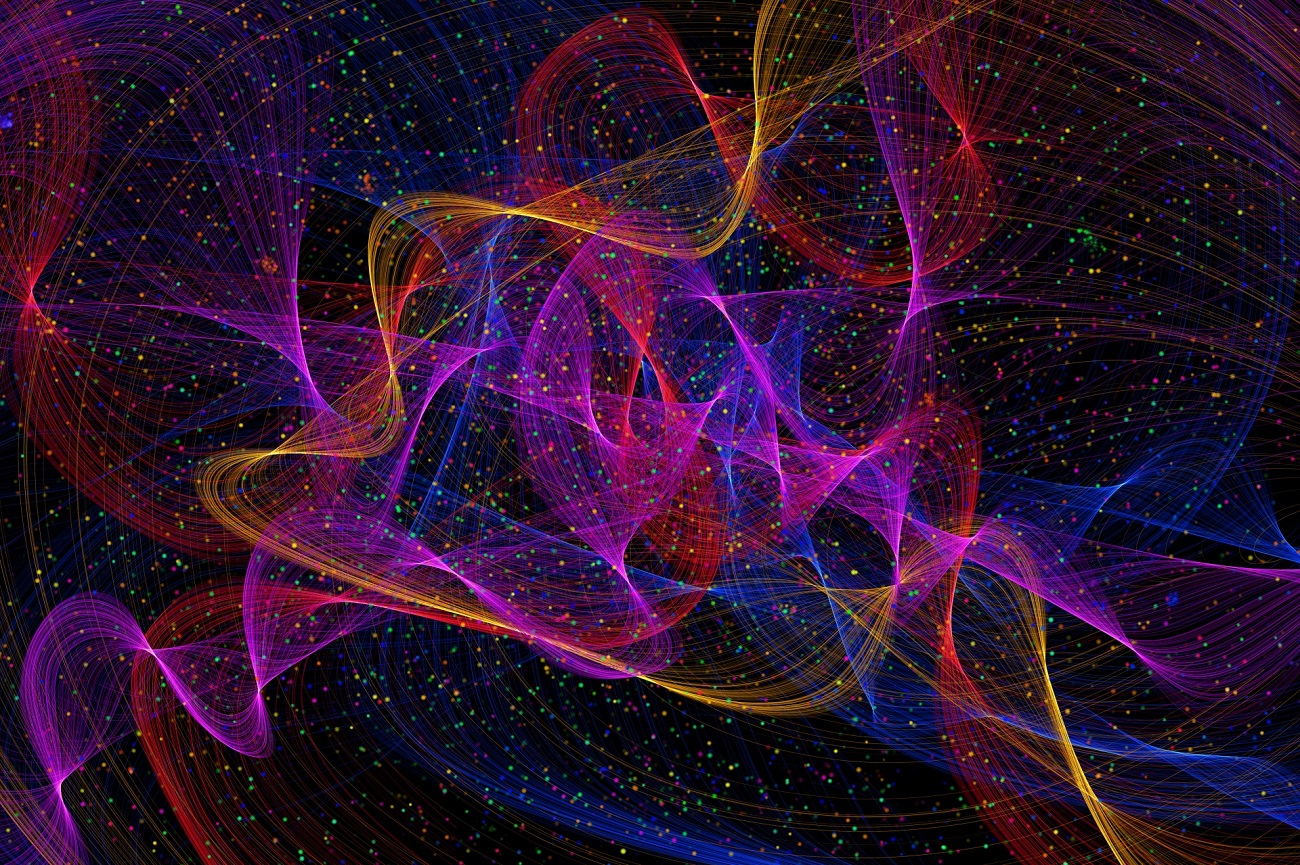Once the Euclid telescope entered orbit, it first had to reach the elliptical point L2, located 1.5 million kilometers from Earth along the line connecting the Sun and Earth. This is where the James Webb Space Telescope is located. why there? In this city the gravity of the Earth and the Sun cancel each other out. Thanks to this, the telescope in this place maintains a constant distance from the Earth as it orbits around the Sun.
The next phase of the mission was a two-month commissioning period and testing of all instruments on board the telescope. Only after its completion was the telescope supposed to move on to the appropriate stage of scientific research. At least that was the original plan. However, along the way, problems arose so serious that the launch process was put on hold until scientists could find a solution. The work took several weeks, but it finally paid off, because after its implementation, the telescope had already captured hundreds of stunning test images of the galaxies surrounding us.
Euclid Observatory has problems
After the observatory entered space, testing of all its components began. Scientists soon noticed that some of the light that reaches the telescope’s mirror is reflected from it several times and causes numerous reflections in the detector. Their effects greatly reduced the quality of the images taken with the telescope and made it difficult to detect and observe dark and distant galaxies, which were supposed to be the main target of the observations made with Euclid. The researchers simply rotated the telescope by 2.5 degrees to eliminate reflections from the mirror.
A moment later another problem arose. To capture clear images and near-infrared spectra of distant galaxies, the telescope must maintain its orientation in space for 75 minutes, relying on the stars. The problem is that in some places the telescope is exposed to a lot of high-energy cosmic rays, which the telescope incorrectly identifies as guide stars. Scientists were well aware of this phenomenon, but they miscalculated the frequency of such errors. It took several weeks to modify the telescope’s program so that cosmic rays would not affect the telescope’s orientation in space. Since the beginning of October, the telescope has been taking experimental images, and according to scientists who have already seen them, they are simply stunning.

Researchers admit that the first images taken with Euclid are not inferior in quality to images taken from the Hubble Space Telescope. However, the difference between these two telescopes is fundamental. In one week, Euclid can image as much of the sky as it took Hubble five years to photograph. This is a real qualitative leap. The first image package will not be published until January 2024. Over the next six years, astronomers want to image billions of galaxies and thus create the largest 3D map of the sky in history. It is worth noting here that the wide-sky maps will be used by scientists in 2027 to choose observation targets for the Nancy Grace Roman Space Telescope that is currently being prepared.
By carrying out these extremely challenging tasks, the telescope will attempt to understand the evolution of the structure of the universe over the past 10 billion years, while answering questions about the nature of the dark matter that holds galaxies together and the dark energy that drives the universe. Expansion of the universe. In any case, we must finally understand these phenomena, which, according to researchers, constitute 95 percent. The content of the universe around us.

Echo Richards embodies a personality that is a delightful contradiction: a humble musicaholic who never brags about her expansive knowledge of both classic and contemporary tunes. Infuriatingly modest, one would never know from a mere conversation how deeply entrenched she is in the world of music. This passion seamlessly translates into her problem-solving skills, with Echo often drawing inspiration from melodies and rhythms. A voracious reader, she dives deep into literature, using stories to influence her own hardcore writing. Her spirited advocacy for alcohol isn’t about mere indulgence, but about celebrating life’s poignant moments.








